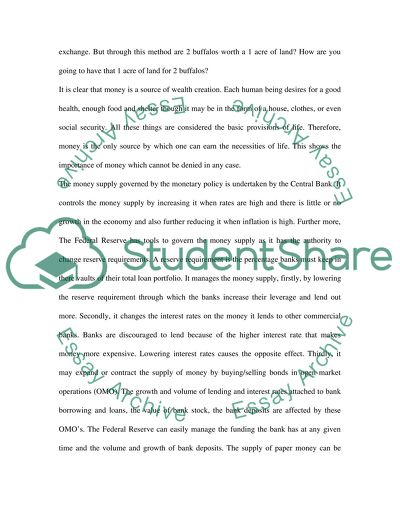Cite this document
(“Monetary Policy Essay Example | Topics and Well Written Essays - 750 words”, n.d.)
Retrieved from https://studentshare.org/physics/1390258-monetary-policy
Retrieved from https://studentshare.org/physics/1390258-monetary-policy
(Monetary Policy Essay Example | Topics and Well Written Essays - 750 Words)
https://studentshare.org/physics/1390258-monetary-policy.
https://studentshare.org/physics/1390258-monetary-policy.
“Monetary Policy Essay Example | Topics and Well Written Essays - 750 Words”, n.d. https://studentshare.org/physics/1390258-monetary-policy.


